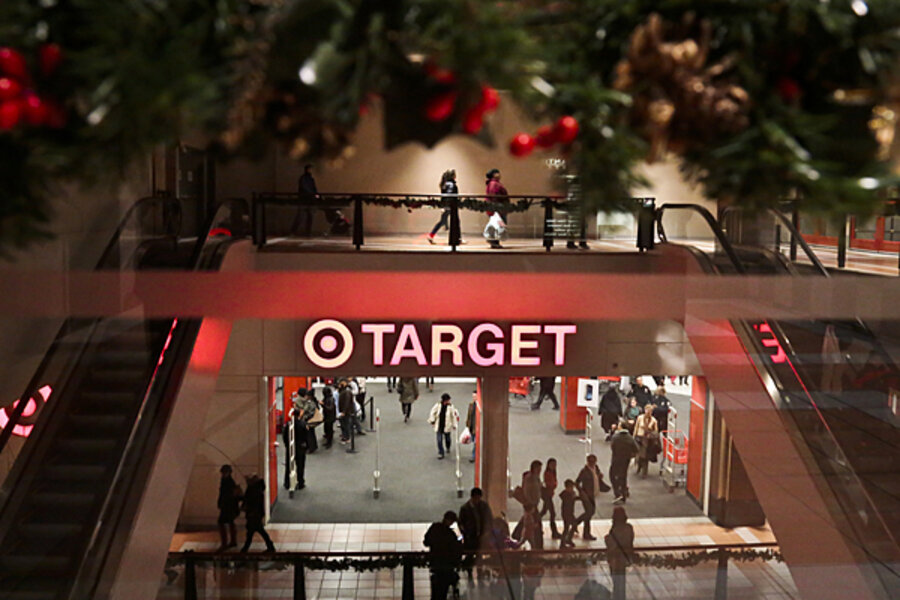Holiday shopping? How to use price-matching policies effectively.
Loading...
This article first appeared at U.S. News and World Report Money.
The holiday shopping season is upon us and, for a lot of us, that means quite a lot of gift purchases. My holiday list is certainly long and, unfortunately, that means I’m going to be spending quite a bit of time and money fulfilling all of my gift-giving obligations.
I do quite a lot of my holiday shopping online, as do many of you, but I also find it quite useful to visit a few stores so that I can actually examine the items for myself, since online buying doesn’t allow you to actually hold an item in your hand before making the purchase.
If you have a smartphone with a data plan, this type of shopping becomes easy. You can quickly compare prices online for the item you’re holding and then buy from whichever retailer offers the best price. However, to do that, you have to already be spending a significant chunk of change on that data plan.
What about the rest of us? I’ve found a few techniques that work really well for this kind of comparison shopping, and the best tool of all is price matching.
Here’s the trick: most major brick-and-mortar stores offer some sort of price-matching policy. If you can find a (non-Black Friday) price for an item from another retailer, they’ll match it, with some restrictions.
For example, Target matches prices from a relatively short list of retailers, including target.com, amazon.com, walmart.com, and a few others. However, Target allows you to take your receipt back within seven days if you’ve found a lower price elsewhere and they’ll refund the difference.
Best Buy, on the other hand, offers price matches from a much longer line of retailers, including newegg.com (which I’ve used within the past month, actually), amazon.com, apple.com, and many others, but you must be able to show the price within the store.
If you’ll notice, both of those stores have one spot that they’ll both match – amazon.com. Many other stores match them, too.
So, here’s a smartphone-free way to save yourself some money when you’re out shopping.
First, make sure that the stores you’re shopping at allow price matches from Amazon. This isn’t a strict requirement, but it does give you more options when you’re actually out shopping. If you shop at a store that does not price match Amazon and you discover Amazon’s price is lower, you’ll have to return home to make the purchase.
Then, use Amazon to figure out what item you might want to give someone as a gift. If you’re completely confident, you can just order it from Amazon at that point, of course. However, I suggest just printing off a copy of the item page and sticking it in your wallet or purse.
You can, of course, use other online retailers for this type of matching, but Amazon is basically ubiquitous when it comes to retailers offering price matches.
Then, head out on your holiday shopping excursion. When you find the item you’re looking for, compare it to Amazon’s price. If Amazon is higher, then you know you got a bargain. If Amazon is lower, then you have a choice: you can either just buy the item from Amazon, or you can request a price match at the store.
Remember, just getting the discount from Amazon isn’t always the best option. Sometimes, you’ll be shopping at a store that offers a certain discount if you spend a certain amount, so you’ll want to get both the lower Amazon price and that store’s extra discount as well, stacking your savings.
At most stores – and I’ve received price matches at a lot of them – the actual price match occurs at the customer service desk. Each chain has its own policies and it often seems as though individual stores execute that policy differently. I’ve had stores just glance at my print-offs or my phone screen and then punch in the discount, taking a minute at most. At other stores, I’ve seen several people called over to verify the discount, taking twenty minutes. (This is where knowing the store’s policy can help, as you’ll avoid standing in line for a price match that they don’t offer.)
A smartphone makes this entire process easier, of course, but a smartphone isn’t necessary. All you really need is a printer and a bit of patience and you can end up shaving quite a bit of money off of your holiday savings through the combo of comparison shopping and price matching.
The post Using Amazon Price-Matching to Save Money While Shopping appeared first on The Simple Dollar.






